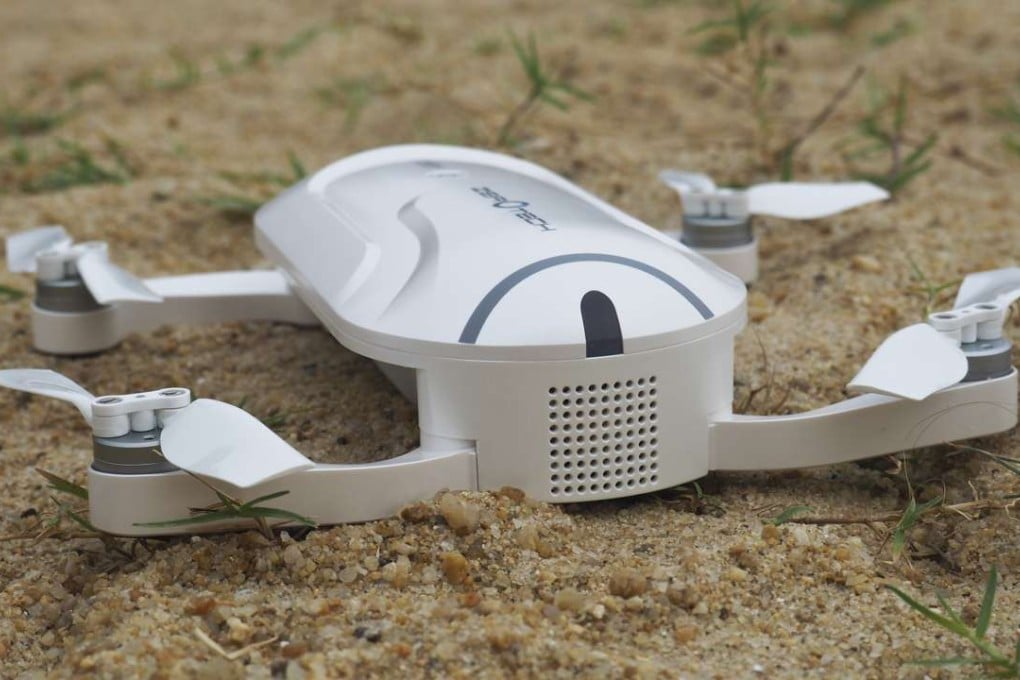Tech review: Zerotech Dobby drone – annoying interface, low-res photos and poor battery life
A frustrating problematic app, unresponsive controls and a mere nine minutes of battery make the Chinese co-designed Dobby drone a pain to fly, but it’s a creative alternative to the humble selfie stick

Zerotech’s Dobby is a portable, pocketable selfie drone from Chinese start-up Zerotech that backed and co-designed Chinese internet giant Tencent's drone Ying. It is the first drone to use Qualcomm’s Snapdragon Flight platform which is based around the Snapdragon 801 processor found on smartphones.

Foldable rotor arms make it easy to carry around without worrying about damage to the rotors. Zerotech’s Dobby (basic model costs HK$2,999, currently on promotion at HK$2,699; model with extra battery and propeller guard is HK$3,499, on promotion at HK$2,999) has a curvy design but the motor is exposed and all it takes is one dive into the sand for it to stop working. It took about 30 minutes to fix with a screwdriver.

Control/app